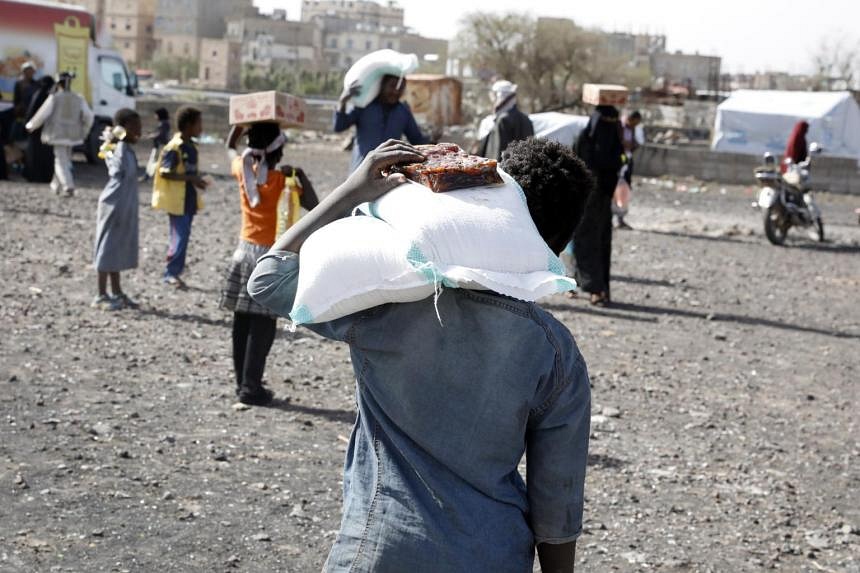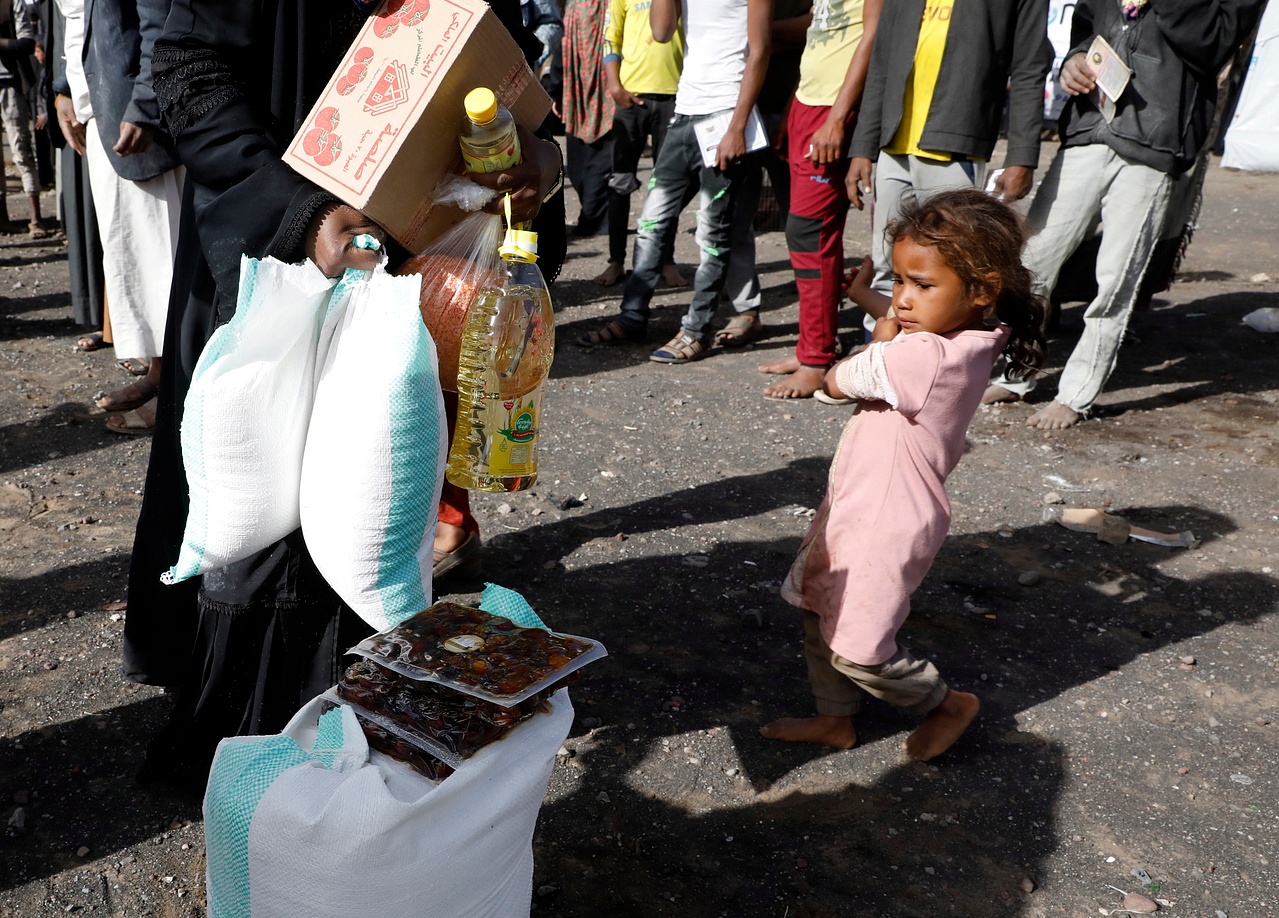One-tenth of the world is hungry, and war risks worsening the crisis

NEW YORK (BLOOMBERG) - A tenth of the world went hungry last year, and the war in Ukraine is threatening efforts to eradicate the problem by the end of the decade.
The number of undernourished people rose by about 6 per cent to roughly 768 million last year, an annual report by United Nations agencies shows.
The increase highlights the world's uneven recovery from the Covid-19 pandemic and how high food costs are putting healthy diets out of reach for many around the globe.
Russia's invasion of Ukraine is adding to the challenges ahead, disrupting crop production and trade from a country known as the breadbasket of Europe.
Ukraine is one the top grain and vegetable oil exporters and the war has crippled its overseas sales, helping to keep a gauge of food prices near a record high.
"The global price spikes in food, fuel and fertilisers that we are seeing as a result of the crisis in Ukraine threaten to push countries around the world into famine," World Food Programme (WFP) Executive Director David Beasley said in a statement.
"There is a real danger these numbers will climb even higher in the months ahead."
Last year's rise in hunger and the warning that worse may be to come signals the world is losing a battle to reach a UN target of eliminating hunger by 2030.
About 670 million people may still be undernourished that year, even when factoring in a global economic recovery, the report released on Wednesday (July 6) showed.
That equates to 8 per cent of the population and means the world would see the same share of hunger as in 2015, when the pledge was adopted.
A rise in food costs stemming from the pandemic made it harder to afford nutritious meals, and prices have spiked further since.
The UN's monthly food price index surged to a record shortly after the war in Ukraine started and is 73 per cent higher than two years ago.
Cutting back
Rising bills and funding shortfalls mean aid agencies like the World Food Programme are being forced to curb assistance to hard-hit countries such as South Sudan.
The WFP also said it's reducing rations for refugees by as much as half.

A displaced Yemeni child waits for her mother receiving food aid amid a heightened food insecurity on April 29, 2022.
More frequent extreme weather, especially in poorer countries, is exacerbating food supply threats, the UN agencies said.
For example, dryness this year plagued wheat crops in Morocco and corn fields in Zimbabwe.
At the same time, the risk of recession could make it harder for governments to expand support.
Africa is the continent where hunger is worst - affecting more than 20 per cent of the population - followed by Asia and Latin America, where the share is near 9 per cent.
Levels in North America and Europe have remained below 2.5 per cent in recent years.
"These are depressing figures for humanity," said Mr Gilbert Houngbo, president of the International Fund for Agricultural Development.
"The ripple effects of the global food crisis will most likely worsen the outcome again next year."

No comments
Share your thoughts! Tell us your name and class for a gift (: